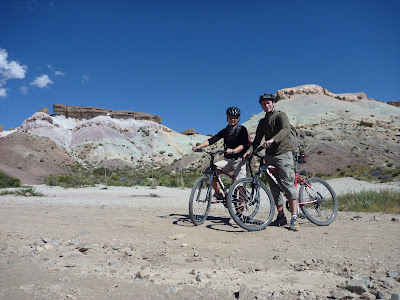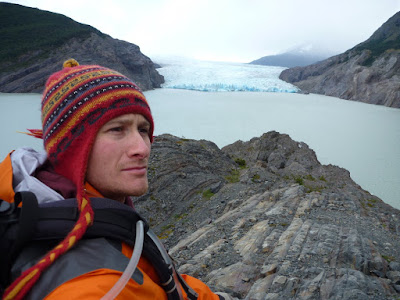I am falling behind a bit in my blogs so I will keep them short and try and catch up. I am already back in Santiago Chile but I have yet to write about most of Argentina. I still can´t add any pictures yet, either because the hostel PC´s wont let me or because I dont trust them not to be riddled with viruses and I dont want to loose my pictures so I will update some of my blogs once I am back in the UK and add pictures then.
Anyway, back to BA. I spent about a week in the city and liked it more than I expected, I am not into big cities but BA is a lot of fun with plenty to do. The hostel I was in was great with other interesting travellers to chat to, which helped a lot.
One of the stranger tourist activities I got up to was visiting a cemetary, it sounds odd but it is a must see for anyone in BA. First up it is packed with many of Argentinas rich and famous (and dead), a few presidents, some great military leaders, and probably most well known to the world Eva Peron (known by most people as Evita). The cemetary isnt full of gravestones as the caskets aren´t burried, instead they are placed in morseleums, each family having its own little building, the richer the family the more ostentatious the tomb. The cemetary is massive, like a town with little streets running between the tombs.
The nightlife of Argentina takes a bit of getting used to, they often dont eat dinner until 10pm and head out for the first drinks of the evening at midnight, so the clubs dont even open until 2pm and kickout time is generally when most people are getting up for work the next day, I managed a couple of nights but couldnt get into the locals routine without tuning into a vampire.
On one of the nights out I went to a drumming session called La Bomba del Tiempo, a kind of folky drumming band who were on stage for a couple of hours of fast and lively music.
The city has plenty of museums and architecture to see so I had a bit of culture and saw some of the modern and fine art galleries. The rest of my time was spent being a tourist, visiting areas of the city like the working class area of La Boca which is famous for its colourful tin buildings and tourists getting mugged. I wasnt all that impressed as it seems like the neighbourhood has been done up for tourists and was way too much like a theme park for my likeing. A far more enjoyable activity was getting a coffee in one of the sidewalk cafes and watching the people go by.






































